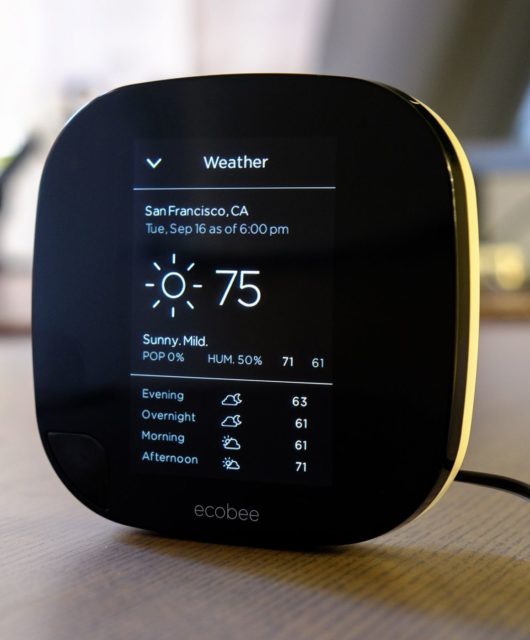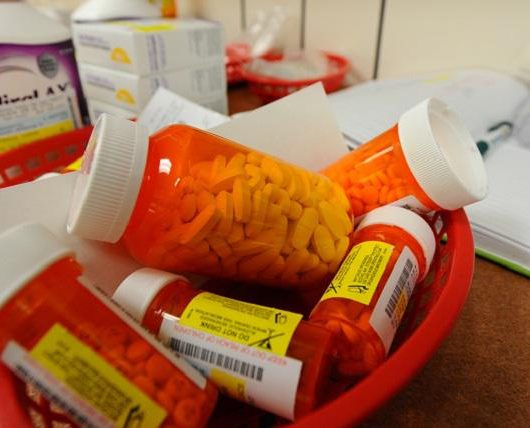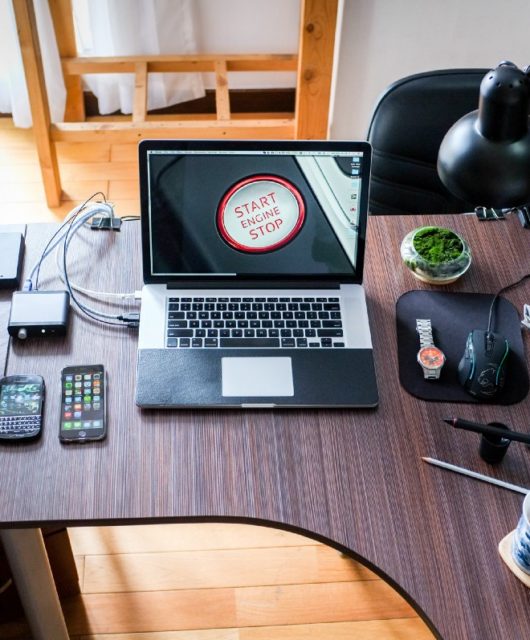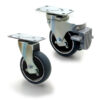How a Passthrough for Cleanrooms Helps Keep Contamination Out
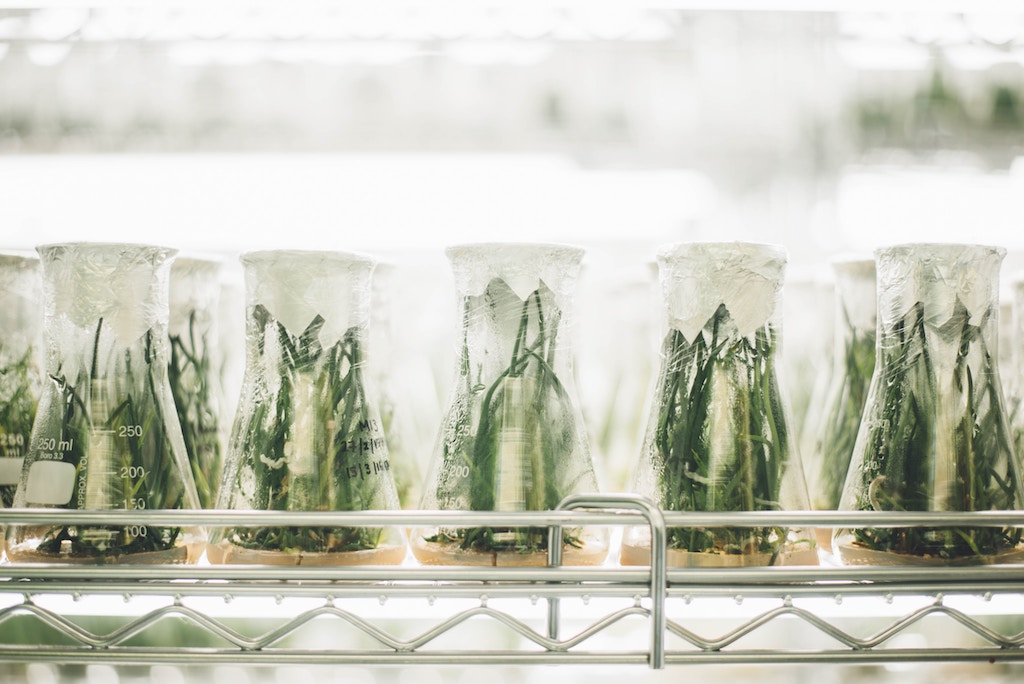
In the world of laboratory science there are procedures and protoclols that assist science teams with getting acurate results while working in a laboratory. Some of these are easy to implement and enforce and monitor by using tools that standardize how things are done on a daily basis.
One area of primary concern for scientists is to ensure that any biological materials including the samples used in the tests are not contaminated by other biological materials or other contaminants. One of the key factors in this is ensuring the correct storage and responsible disposal of chemical lab waste. This not only minimizes the risks of cross-contamination but also helps to protect the safety of staff too.
Contamination in a lab setting has many drawbacks. In addition to ruining the experiments being conducted, they can also put the laboratory personnel in danger and cost the lab additional time and money. Although there is no 100% foolproof way to keep out unwanted material, there are certainly proven ways to help minimize the danger of contamination.
Two ways that are known to be effective in preventing contamination are to use clean rooms and a passthrough for cleanrooms. Here is how they help to prevent contamination:
Clean Rooms
Clean rooms are environments with a low level of environmental contaminants such as dust, airborne microbes, aerosol particles, and chemical vapors. They are built and used usually in manufacturing, medicine and scientific research, and in technology in areas including aerospace, semiconductors and engineering applications.
To be certified as a Clean Room, an environment must have a controlled level of contamination that is specified by the number of particles per cubic meter at a specified particle size. For comparison, the air in a typical urban environment contains 35,000,000 particles per cubic meter in the size range 0.5 μm and larger in diameter. Clean rooms come in many different levels with the best being an ISO 1 cleanroom that allows no particles in that size range and only 12 particles per cubic meter of 0.3 μm and smaller.
Cleanrooms can be very large and can sometimes include an entire facility. The air entering a cleanroom is filtered to exclude dust, and the air inside is recirculated through high-efficiency and ultra-low particulate air filters to remove internally generated contaminants.
Staff enter and leave through airlocks which may an air shower, and wear protective clothing on their heads, faces, hands and bodies. All of the equipment and materials in a clean room are designed to generate minimal air contamination. Clean room furniture is designed to produce a minimum of particles and is easy to clean.
Use of this type of environment allows for the creation of minimal contaminants.
Pass Through Chambers
Moving materials in and out of a clean room is a challenge because of the high risk of contamination. Clean rooms use Pass Through Chambers, also called Pass-Throughs, Pass-Through Air Locks, Chambers or Transfer Hatches for this purpose because they simplify contamination-free transfer of materials in and out of a controlled environment.
The use of Pass Through Chambers are not limited to clean rooms, they are utilized in any situation where there is a need to control the transfer of materials, but they are also utilized where the materials will need to be disinfected or otherwise cleaned.
The process is typically built into a wall in the room or may be an entire room itself and contain two sets of doors or hatches on either end of the chamber that cannot be opened at the same time. In the most complex case of a pass through chamber: one side of the chamber is opened and materials are placed inside. They can be decontaminated and only then can the other door or hatch can then be opened. The result is that no contaminated materials will enter the clean room.
The use of clean rooms and pass through chambers is how companies that need clean environment ensure that there is no contamination.


